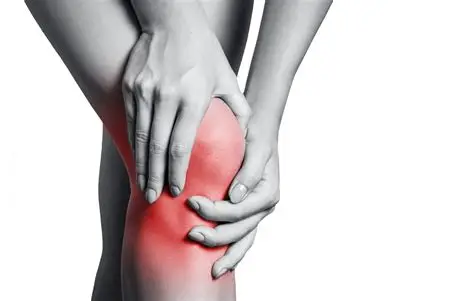During the physical exam, your doctor is likely to inspect your knee for swelling, pain, tenderness, warmth and visible bruising and
check to see how far you can move your lower leg in different directions, push on or pull the joint to evaluate the integrity of the structures in your knee
In some cases, your doctor might suggest some Imaging tests such as:
- X-ray
- Computerized tomography (CT) scans
- Ultrasound
- MRI scans
- Lab tests
If your doctor suspects an infection or inflammation, you're likely to have blood tests and sometimes a procedure called arthrocentesis, in which a small amount
of fluid is removed from within your knee joint with a needle and sent to a laboratory for analysis.
Treatment
Treatments will vary, depending upon what exactly is causing your knee pain. Your doctor may prescribe medications to help relieve pain and to treat underlying
conditions, such as rheumatoid arthritis or gout.
Physical TherapyStrengthening the muscles around your knee will
make it more stable. Your doctor may recommend physical therapy or different types of strengthening exercises based on the specific condition that is causing your
pain.If you are physically active or practice a sport, you may need exercises to correct movement patterns that may be affecting your knees and to establish good
technique during your sport or activity. Exercises to improve your flexibility and balance also are important.
Injections
In some cases, your doctor may suggest injecting medications or other substances directly into your joint. Examples include:
- Corticosteroids
- Hyaluronic acid.
- Platelet-rich plasma (PRP).
SurgeryIf you have an injury that may require surgery, it's usually not necessary to have the operation immediately. If you
choose to have surgery, your options may include:
- Arthroscopic surgery
- Partial knee replacement surgery
- Total knee replacement


